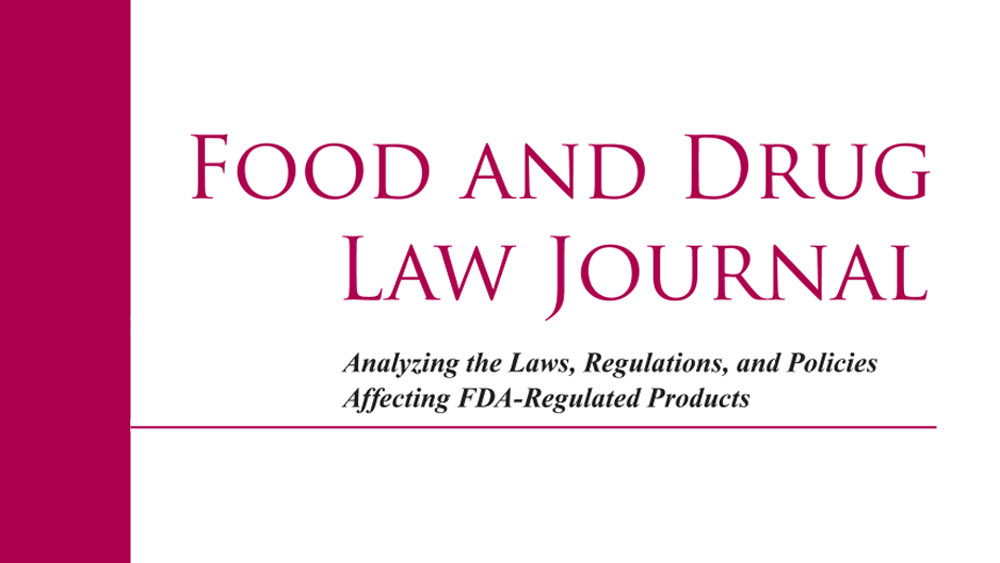
How Would an Ethically Responsible FDA Evaluate PMTA and MRTP Applications and Issue Related Orders?
Eric N. Lindblom
ABSTRACT
Pursuant to the U.S. Tobacco Control Act, any tobacco product that was not already legally on the U.S. market on February 15, 2007 or is not substantially equivalent to a product that was on the market on that date may not enter or stay on the market unless it has submitted a Premarket Tobacco Product Application (PMTA) to the U.S. Food and Drug Administration (FDA) and received a permissive PMTA order finding that it is “appropriate for the protection of the public health” (AFPPH) to allow the product’s marketing pursuant to the terms of that order.
So far, FDA has not been actively enforcing this requirement, and all e-cigarettes and some cigars and other tobacco products currently on the U.S. market are illegal because they do not have a permissive PMTA order. But a federal court has ordered FDA to take enforcement action against those illegal tobacco products unless their manufacturer or importer submits an application to secure a permissive PMTA order by September 9, 2020. In addition, FDA has announced that it will pull off the market all cartridge-based e-cigarettes with flavors other than tobacco or menthol and allow them to be marketed only if they first secure a permissive PMTA order.
Accordingly, FDA must evaluate numerous new PMTAs for e-cigarettes and other tobacco products, decide whether to allow their marketing and, when allowed, determine what product, labeling, and marketing requirements and restrictions to include in the permissive PMTA orders to ensure that the product’s marketing will be AFPPH. While the core meaning of the AFPPH standard is clear (to benefit the health of the population as a whole), the statute and other applicable law provide FDA with considerable discretion to determine exactly how to interpret and apply the standard in specific situations when the potential harms and benefits from allowing the marketing of a product cannot be determined with any precision or certainty.
So far, FDA has issued only a few permissive PMTA orders (for some snus, heat- not-burn, and reduced-nicotine-cigarette products). Neither those orders nor any other FDA public documents have clarified how FDA will be exercising its discretion to interpret or apply the AFPPH standard in the PMTA (or any other) context. Nor has FDA explained how it will be evaluating PMTAs and structuring any permissive orders given the inevitable uncertainties when trying to determine the extent to which the marketing of a tobacco product might benefit or harm the public health or produce other health or non-health benefits, harms, or risks.
This paper considers how FDA could interpret and apply the AFPPH standard and otherwise evaluate PMTAs and structure any related permissive orders to make the agency’s final decisions and orders not only AFPPH but also as ethically appropriate and beneficial as possible. To do that, the paper looks carefully at what applicable law says FDA must, may, and cannot do when evaluating applications and structuring new product orders, and then considers how FDA could most ethically exercise its legal powers and discretion in this context pursuant to the major applicable ethical perspectives of utilitarianism, bioethics, and public health ethics. It also applies this same process to consider how FDA might issue the most appropriate and ethical modified risk tobacco product (MRTP) orders that manufacturers and importers must obtain before labeling or marketing any tobacco products with any explicit or implicit reduced-risk or reduce-exposure claims. To expand and refine its analysis, the paper then considers how FDA might most appropriately and ethically evaluate applications for PMTA or MRTP orders for e-cigarettes and what specific product, labeling, and marketing requirements and restrictions available research, experience, and analysis indicates FDA should include in any related permissive orders to make them both AFPPH and otherwise as ethically appropriate as possible.
Food and Drug Law Journal
Volume 75, Number 1

